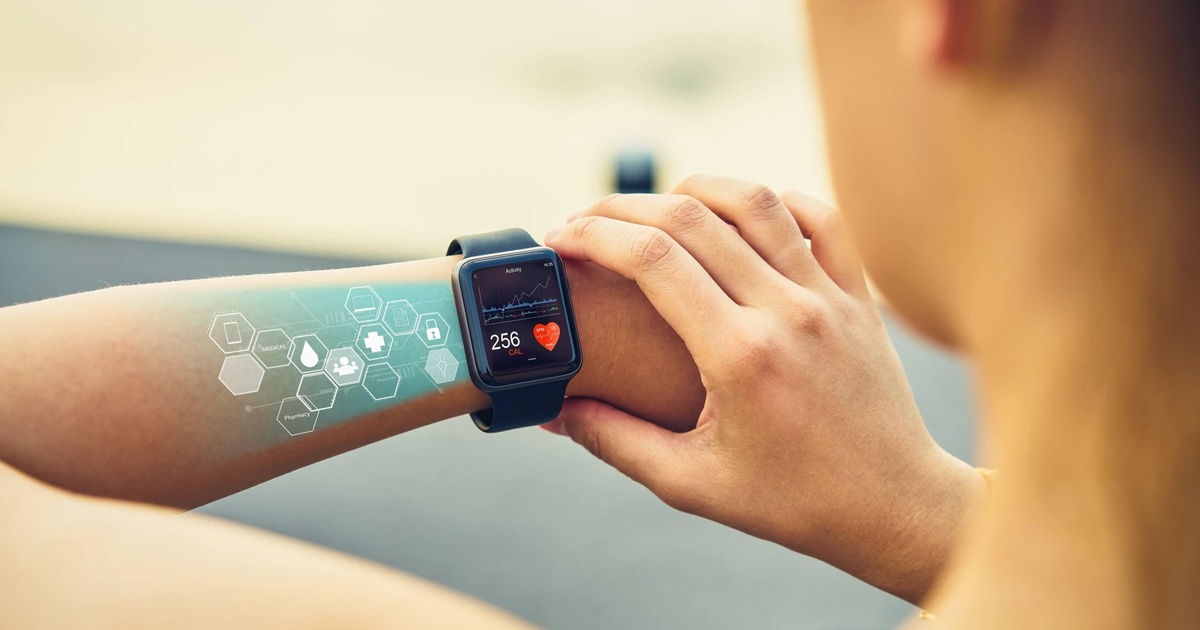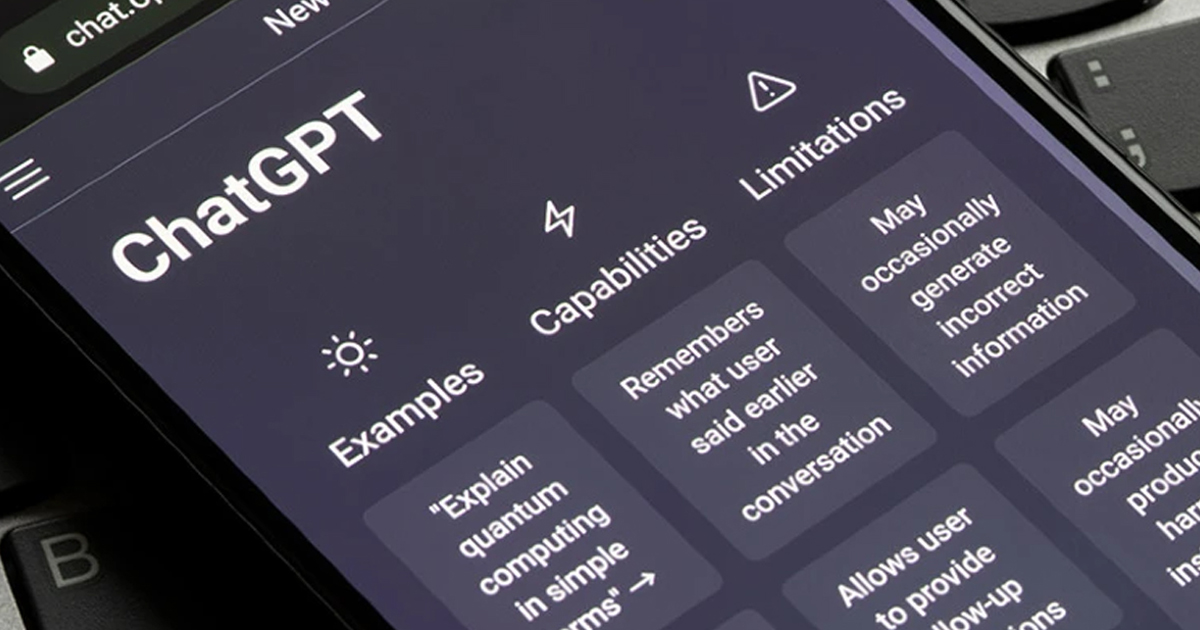El estudio fue publicado en la revista científica The Lancet. Los datos de más de 8 millones de usuarios de wearables elegidos al azar en un periodo de 24 horas fueron necesarios para conducir esta investigación sobre la variabilidad de la frecuencia cardiaca.

El estudio fue publicado en diciembre en la revista británica con el título: “Variabilidad de la frecuencia cardíaca con fotopletismografía en 8 millones de personas: un estudio transversal”. Entre sus hallazgos principales encontrados a través de datos obtenidos por wearables o fueron que la potencia de baja frecuencia varía significativamente entre sexos, además los investigadores observaron una asociación entre la actividad física y las métricas de variabilidad de frecuencia cardiaca.
El estudio explica que la variabilidad de la frecuencia cardiaca (la variación en el intervalo de tiempo entre latidos), es una métrica dinámica del sistema nervioso autónomo y uno de los factores de riesgo independientes de muerte cardiovascular. Los wearables o dispositivos de muñeca son una herramienta útil para recolectar este tipo de datos, los wearables utilizados en este estudio cuentan con fotopletismografia, lo que permite medir y monitorear los sustitutos de la actividad del sistema nervioso a través del análisis de los intervalos entre latidos. Ante esto los científicos explicaron que: “Nuestro objetivo era aprovechar los rastreadores de muñeca para derivar y describir diversas medidas de la función autónoma cardíaca entre los usuarios de dispositivos Fitbit (los dispositivos utilizados)”.
Al ser un estudio transversal, lo que contempla son datos estadísticos, demográficos y epidemiológicos, se recopilaron los intervalos entre latidos durante un periodo de 24 horas seleccionado aleatoriamente, de más de 8 millones de personas. Para la precisión del estudio se recopilaron datos de 90 días anteriores de los pasos realizados al día, además de otros datos esenciales como el sexo, el IMC y la edad. Otros parámetros utilizados para la variable de variabilidad en frecuencia cardiaca (VFC) fueron rMSSD y SDRR.
“Los datos de los participantes se analizaron para establecer la correlación entre las métricas de variabilidad de la frecuencia cardíaca y la edad, el sexo, la hora del día y la actividad física. También determinamos puntos de referencia para las métricas de variabilidad de la frecuencia cardíaca entre los usuarios”, explican en el estudio.
To learn more about the processes and results of this study you can consult for free through the following link: https://www.thelancet.com/journals/landig/article/PIIS2589-7500(20)30246-6/fulltext#seccestitle140







